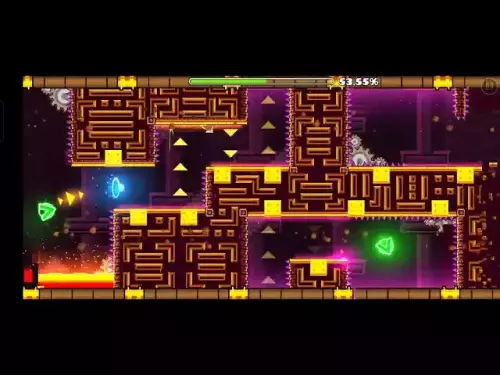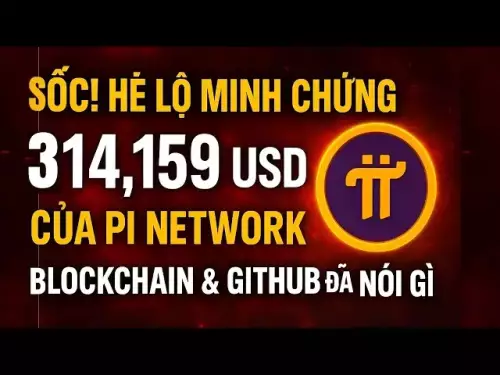-
 bitcoin
bitcoin $109547.008142 USD
0.04% -
 ethereum
ethereum $4011.838726 USD
-0.05% -
 tether
tether $1.000402 USD
-0.01% -
 xrp
xrp $2.798606 USD
0.88% -
 bnb
bnb $970.877944 USD
1.39% -
 solana
solana $202.237275 USD
-0.95% -
 usd-coin
usd-coin $0.999673 USD
0.00% -
 dogecoin
dogecoin $0.229294 USD
-1.15% -
 tron
tron $0.336370 USD
-0.45% -
 cardano
cardano $0.777260 USD
-1.66% -
 hyperliquid
hyperliquid $45.503019 USD
1.73% -
 ethena-usde
ethena-usde $1.000362 USD
0.01% -
 chainlink
chainlink $20.785303 USD
-1.10% -
 avalanche
avalanche $28.755822 USD
-0.11% -
 stellar
stellar $0.358303 USD
-0.48%
When was Siacoin released?
From its conceptualization in 2013 to its mainnet launch in 2015, Siacoin has undergone substantial development, evolving from a vision into a fully operational decentralized cloud storage platform.
Nov 15, 2024 at 06:43 pm
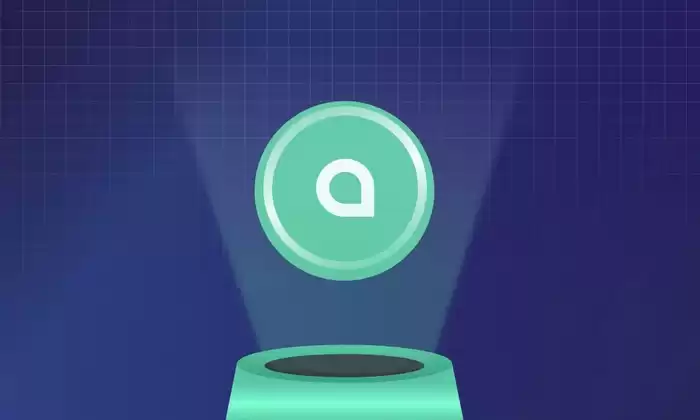
Siacoin (SC), the native token of the Sia decentralized cloud storage network, has gained significant traction since its inception. To fully understand its trajectory, let's delve into its key milestones, from its initial conceptualization to the pivotal mainnet launch.
1. Genesis and Conceptualization:Siacoin's origins can be traced back to 2013, when David Vorick and Luke Champine envisioned a decentralized and secure alternative to traditional cloud storage providers. The concept of Sia revolves around harnessing the unused hard drive space of individual users to create a vast and redundant storage network.
2. Initial Funding and Development:In 2014, Sia raised $1.2 million in seed funding through a decentralized ICO. This funding enabled the team to develop the initial protocols, software, and network infrastructure necessary for Sia to operate. The project continued to evolve and mature through a series of testnet releases.
3. Public Testnet Launch:In December 2015, Sia released its public testnet, allowing users to test the network's functionality, explore various use cases, and provide feedback for further development. The testnet phase played a crucial role in refining the protocol, identifying potential issues, and gauging community reception.
4. Mainnet Launch:The highly anticipated mainnet launch occurred on June 6th, 2015. This marked the official availability of Sia's decentralized cloud storage platform to the public. The mainnet launch completed the transition from a development-focused network to a fully operational and accessible service.
5. Sia v1.0 and Early Milestones:Following the mainnet launch, Sia continued to release software updates and improvements. Sia v1.0, released in January 2016, introduced new features such as file encryption, multi-file upload, and support for multiple hosts. These enhancements expanded the network's capabilities and user experience.
6. Decentralized Autonomous Organization (DAO):In March 2016, Sia formed a decentralized autonomous organization (DAO) to facilitate community governance and decision-making. The DAO allows token holders to participate in proposals and votes that shape the platform's direction and future development.
7. Hard Fork and Sia v1.3:A hard fork occurred in November 2016, leading to the release of Sia v1.3. This upgrade aimed to address scalability issues and improve network performance by introducing a new consensus mechanism called Proof-of-Work+Time. The hard fork also introduced Siafunds, which served as a payment mechanism for storage providers.
8. Sia UI v2.0 and Further Innovations:Sia UI v2.0, released in May 2018, revamped the user interface and introduced a host of new features, including support for contracts, web hosting, and the Sia Funds Marketplace. The platform also underwent continuous updates and innovations, such as the introduction of consensus groups and gateways to enhance network security.
9. Sia v1.4.0 and Sia Central:The Sia v1.4.0 upgrade in July 2020 introduced significant improvements in network security, including added protection against phishing attacks and exploit
Disclaimer:info@kdj.com
The information provided is not trading advice. kdj.com does not assume any responsibility for any investments made based on the information provided in this article. Cryptocurrencies are highly volatile and it is highly recommended that you invest with caution after thorough research!
If you believe that the content used on this website infringes your copyright, please contact us immediately (info@kdj.com) and we will delete it promptly.
- Whale Movements, XPL Token, and Hyperliquid: Decoding the Crypto Tides
- 2025-09-28 14:25:14
- BullZilla Roars: Presales, Ripple, and TRON in the Crypto Jungle
- 2025-09-28 14:25:14
- Nation-State Bitcoin Adoption: Samson Mow's Perspective on the 'Suddenly' Moment
- 2025-09-28 14:45:12
- XRP Price, WallStreetBets, and Rally Prediction: A New Era?
- 2025-09-28 14:45:12
- Pi Network, Sign Protocol, and the Binance Listing Buzz: What's the Deal?
- 2025-09-28 14:30:01
- BTC, HODLers, and a Potential Bull Run: A New Yorker's Take
- 2025-09-28 14:30:01
Related knowledge
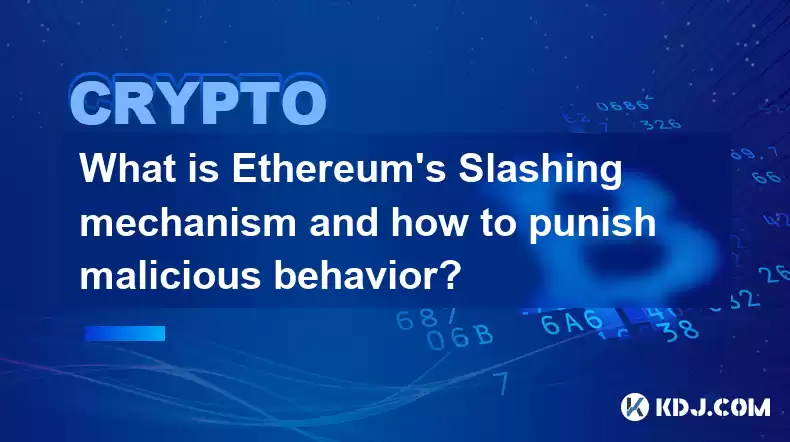
What is Ethereum’s Slashing mechanism and how to punish malicious behavior?
Feb 20,2025 at 03:08am
Key PointsOverview of slashingDifferent types of slashing in EthereumIncentives and consequences of slashingIdentifying and reporting slashed validato...

What is the verifier node of Ethereum and how to become a verifier?
Feb 19,2025 at 06:00pm
The Verifier Node of Ethereum: A Comprehensive GuideKey Points:What is a Verifier Node?How to Become a Verifier NodeResponsibilities and Rewards of a ...
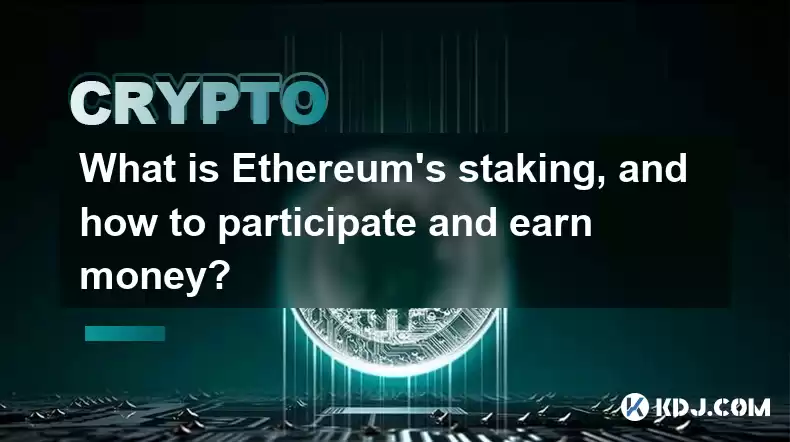
What is Ethereum’s staking, and how to participate and earn money?
Feb 19,2025 at 04:37pm
Key Points:Understanding Ethereum's Staking MechanismSteps to Participate in StakingBenefits and Rewards of StakingSecurity and Risk ConsiderationsTec...
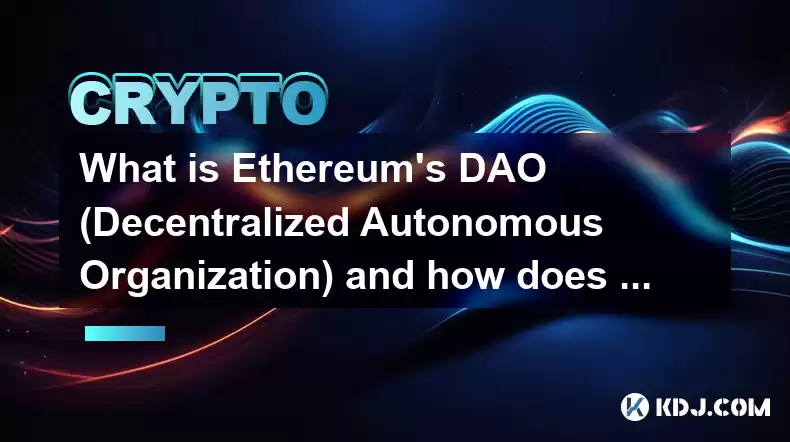
What is Ethereum’s DAO (Decentralized Autonomous Organization) and how does it work?
Feb 20,2025 at 03:12am
Key PointsDefinition and Structure of a DAOGovernance and Decision-Making in DAOsBenefits and Use Cases of DAOsChallenges and Limitations of DAOsWhat ...
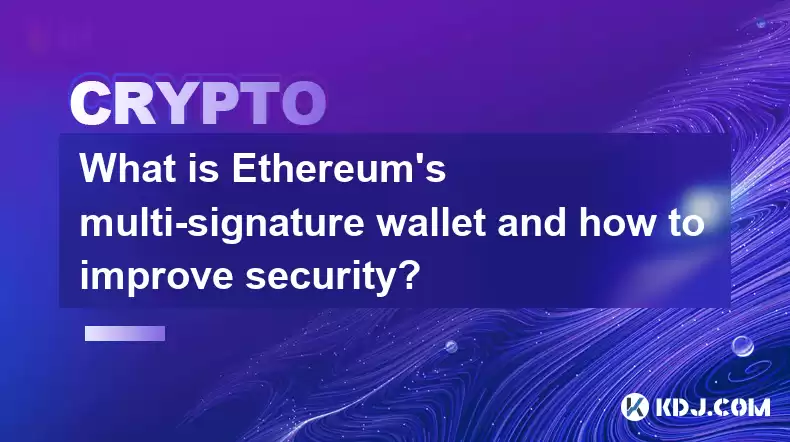
What is Ethereum's multi-signature wallet and how to improve security?
Feb 20,2025 at 02:18pm
Key Points:Understanding the Concept of a Multi-Signature WalletBenefits and Drawbacks of Multisig WalletsRequirements for Setting Up a Multisig Walle...
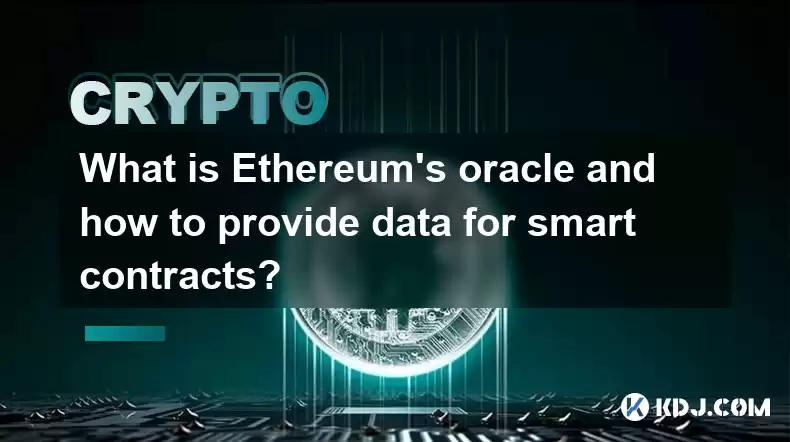
What is Ethereum's oracle and how to provide data for smart contracts?
Feb 21,2025 at 01:30am
Key Points:Understanding the concept of oracles in EthereumExploring different types of oraclesDetailed guide on how to provide data for smart contrac...

What is Ethereum’s Slashing mechanism and how to punish malicious behavior?
Feb 20,2025 at 03:08am
Key PointsOverview of slashingDifferent types of slashing in EthereumIncentives and consequences of slashingIdentifying and reporting slashed validato...

What is the verifier node of Ethereum and how to become a verifier?
Feb 19,2025 at 06:00pm
The Verifier Node of Ethereum: A Comprehensive GuideKey Points:What is a Verifier Node?How to Become a Verifier NodeResponsibilities and Rewards of a ...

What is Ethereum’s staking, and how to participate and earn money?
Feb 19,2025 at 04:37pm
Key Points:Understanding Ethereum's Staking MechanismSteps to Participate in StakingBenefits and Rewards of StakingSecurity and Risk ConsiderationsTec...

What is Ethereum’s DAO (Decentralized Autonomous Organization) and how does it work?
Feb 20,2025 at 03:12am
Key PointsDefinition and Structure of a DAOGovernance and Decision-Making in DAOsBenefits and Use Cases of DAOsChallenges and Limitations of DAOsWhat ...

What is Ethereum's multi-signature wallet and how to improve security?
Feb 20,2025 at 02:18pm
Key Points:Understanding the Concept of a Multi-Signature WalletBenefits and Drawbacks of Multisig WalletsRequirements for Setting Up a Multisig Walle...

What is Ethereum's oracle and how to provide data for smart contracts?
Feb 21,2025 at 01:30am
Key Points:Understanding the concept of oracles in EthereumExploring different types of oraclesDetailed guide on how to provide data for smart contrac...
See all articles























